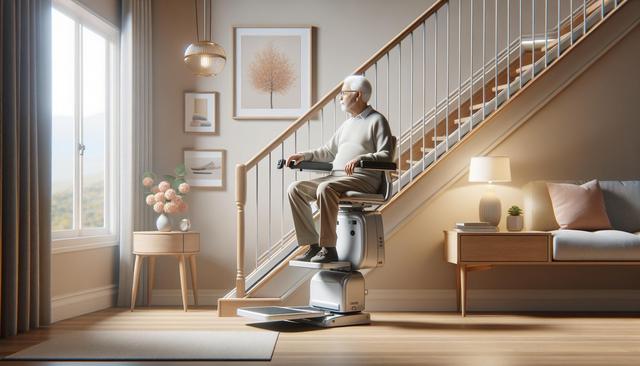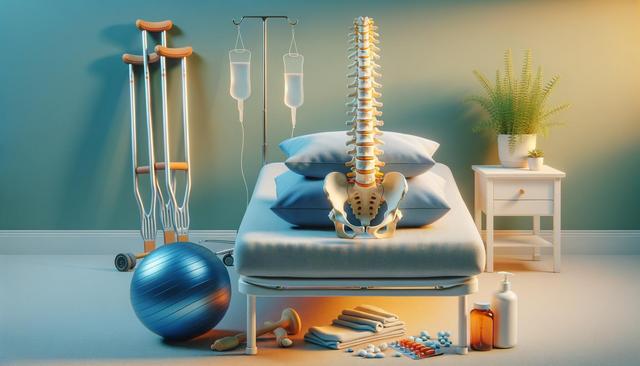Understanding the Purpose of a Stairlift
Stairlifts are mechanical devices designed to help individuals with mobility challenges navigate stairs safely and comfortably. For seniors and disabled adults, maintaining independence at home becomes increasingly important, especially when mobility begins to decline due to age or health conditions. A stairlift provides a reliable solution by reducing the risk of falls and eliminating the physical strain associated with climbing stairs.
These devices are typically installed along the staircase and consist of a motorized chair or platform that travels along a rail. Users can control the lift using simple buttons or remote controls, making it user-friendly even for those with limited dexterity. Stairlifts are suitable for both straight and curved staircases, and models are available for indoor and outdoor use, ensuring flexibility for various home layouts.
Key Benefits of Stairlifts for Daily Living
Installing a stairlift can transform the way individuals move around their homes, providing a sense of freedom and security. The benefits extend beyond convenience and include several key advantages:
- Enhanced safety by minimizing the risk of stair-related accidents
- Increased independence, reducing the need for caregiver assistance
- Improved quality of life through easier access to all parts of the home
- Customizable features to accommodate unique mobility needs
For family members and caregivers, a stairlift also brings peace of mind, knowing their loved one can move about more safely. It allows seniors to age in place rather than consider moving to a single-story home or assisted living facility prematurely.
Choosing the Right Stairlift for Individual Needs
Several factors should be considered when choosing a stairlift, as each user’s needs and home layouts are different. Professional assessment is often recommended to determine the most suitable model. Important considerations include:
- Type of staircase (straight, curved, narrow, or spiral)
- User’s weight and mobility limitations
- Seating preferences, such as swivel seats or foldable options
- Safety features, including seatbelts, footrest sensors, and emergency stop functions
Other factors, such as battery backup in case of power outages, and ease of use for those with conditions like arthritis, should also be discussed with a stairlift specialist. A well-matched stairlift can significantly improve usability and comfort.
Installation and Maintenance Considerations
Stairlift installation is typically straightforward and non-invasive. Most models can be mounted directly onto the staircase rather than the wall, minimizing the need for structural changes. Depending on the model and staircase type, installation can usually be completed within a day.
After installation, regular maintenance helps ensure long-term reliability. Many providers offer service plans that include annual inspections, battery checks, and lubrication of moving parts. Keeping the track clean and ensuring the seat and controls are functioning properly are simple tasks that users or family members can perform regularly.
It’s also important to choose a reputable provider who offers after-sales support and warranty options. Having access to technical assistance when needed enhances the overall user experience and ensures the stairlift remains a dependable mobility aid.
Affordability and Financial Assistance Options
While stairlifts are a valuable investment, cost is often a key concern for many families. Prices can vary depending on the type of lift, staircase complexity, and additional features. Fortunately, there are several ways to make stairlifts more accessible financially:
- Insurance coverage or partial reimbursement through health plans
- Government assistance programs for seniors and individuals with disabilities
- Home modification grants or local non-profit funding
- Rental options or refurbished models for short-term or budget-conscious solutions
It’s worthwhile to consult with mobility equipment providers and local agencies to explore financial aid options. A stairlift doesn’t have to be out of reach, and with the right support, many households can find a suitable solution within their means.


